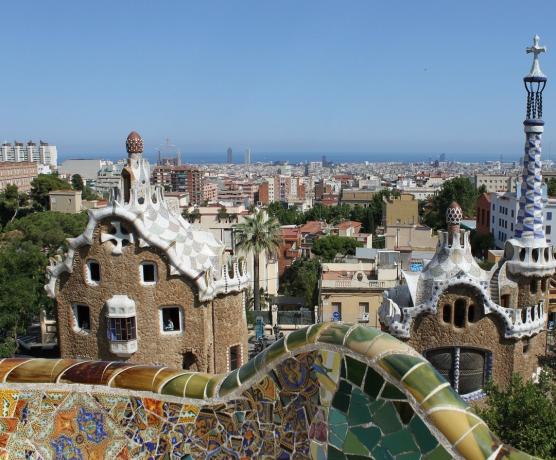Dada is a modern artistic avant-garde that came up with the purpose of break away from classic and traditional styles, acting in an “anarchic” and “irrational” way.
Also known as Dada Movement, this vanguard was created by a group of artists (painters, writers and poets) refugees from the First World War, in 1916, in Zurich, Switzerland.
The members of Dadaism were totally against the war, which was motivated by capitalist motives, and against the bourgeois values of the time. Dadaists also attacked any kind of feeling that referred to nationalism or materialism.
Reflecting the spirit of this vanguard, the choice of the name “Dadaism” has no specific meaning. The founders of the movement chose a random name from the dictionary, representing a non-rational and casual act, these were some of the main characteristics of the movement.
The term given it means, in French, “hobby horse” or “child's toy”, and also refers to the typical language of babies, which symbolizes, consequently, the character nonsense of the Dada works.
At Dada works they consisted in the deconstruction of traditional art, having as a proposal the idea of disorder, chaos and chance. Thus, the purpose of the Dada artists was to create an art of protest that would shock bourgeois society.
Dada was highlighted in the literature. In this case, the texts were composed from the disorganization of words, verbal aggressiveness, the trivialization of rhymes, inconsistency, and the lack of logic and traditional reasoning.
Dada poems, for example, were written without prior reflection of their content, using only an array of random words, which were written as the author thought them.
Among some of the main artists representing Dada were: Tristan Tzara (1896 – 1963), Marcel Duchamp (1887 – 1968), Hans Arp (1886 – 1966), Julius Evola (1898 – 1974), Kurt Schwitters (1887 – 1948), Max Ernst (1891 – 1976), Man Ray (1890 – 1976), between others.
In a short time, the Dada movement began to be mirrored by other great world artistic metropolises of the time, such as Barcelona, Berlin, Paris, New York, among others.
Later, some of the followers of Dadaism started the Surrealism, and several features of this avant-garde are still present in contemporary art.
Learn more about meaning of surrealism and read about The Types of Art.
Dadaism in Brazil
Dadaism influenced the work of some Brazilian authors, mainly in literature.
The main representative of this style in Brazil was the writer Manuel Bandeira, consecrated the greatest lyric poet of national modernism.
Mario de Andrade is also another important Dadaist reference in Brazil, as his works had a great critical load and were built on the principle of “nonsense”.
Characteristics of Dadaism
Among the main characteristics of Dadaism are:
- The combat of traditional and institutionalized forms of art;
- Emphasis on absurdities and illogical themes (nonsense);
- Criticism of consumption and capitalism;
- Aversion to war and its capitalist motives;
- Valuing artistic irreverence;
- Use of various forms of everyday expression (photographs, sounds, poetry, music, newspapers, objects, etc.) for the production of plastic works;
- Pessimistic and ironic character in relation to political issues.
Learn more about the main Characteristics of Dadaism.


